Are Ambulance Rides Ever Covered by Insurance? This is a question asked for the first time after an unexpected medical emergency. Ambulances are lifesavers, but the subsequent bills that arrive leave patients aghast. Most believe health insurance pays always, but this is not necessarily so.
The kind of plan, the purpose of transportation, and whether the service is out-of-network or in-network determine coverage. Knowing the rules ahead of time will prevent surprise bills and allow you to make informed decisions regarding your health and your money.
What Ambulance Coverage Actually Includes

Ambulance coverage usually refers to payment for transportation to a hospital or medical facility in an emergency. This can include both ground and air ambulances. However, insurance companies do not automatically approve every ride. They check if the transport was medically necessary, meaning the patient could not have safely traveled another way.
There is also a difference between emergency and non-emergency rides. Emergency ambulance trips are more likely to be covered, while scheduled or non-urgent transport may be denied unless pre-approved. Insurers review medical records to see if a ride met their requirements. Without proper documentation, patients may face large bills.
Private Health Insurance and Ambulance Coverage
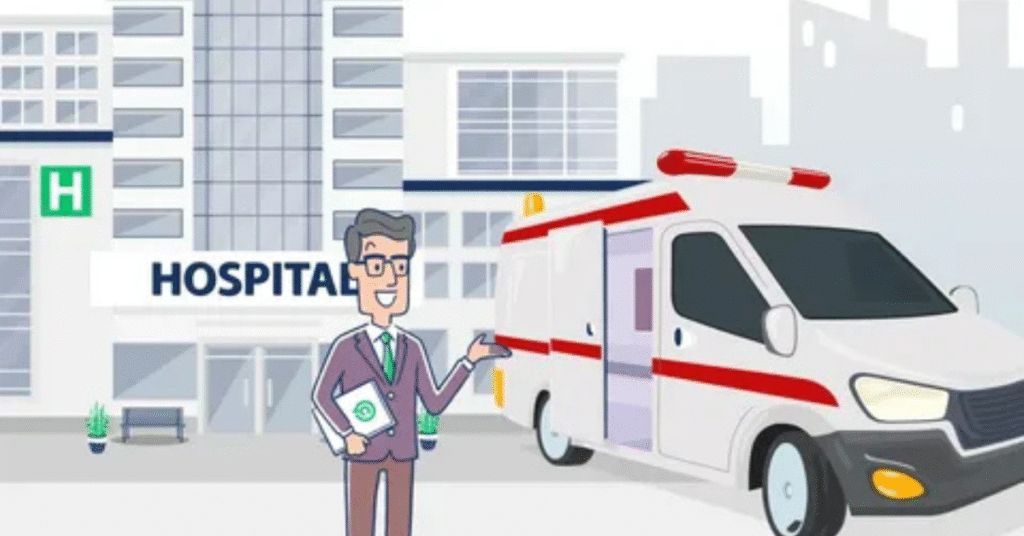
Employer-sponsored insurance and Affordable Care Act marketplace plans often cover ambulance rides, but only under certain conditions. Most policies include emergency transportation in their benefits, yet coverage may vary based on the network of providers. If the ambulance company is out-of-network, patients could face balance billing.
Costs also depend on deductibles, copayments, and coinsurance. For example, an insured patient might still owe hundreds or thousands of dollars if they have not met their deductible. It is important to review the plan’s Summary of Benefits and Coverage to understand the terms related to ambulance services.
YOU WILL LIKE: https://doctorambulance.com/the-importance-of-a-care-coordination-plan-in-healthcare/
Medicare Ambulance Coverage
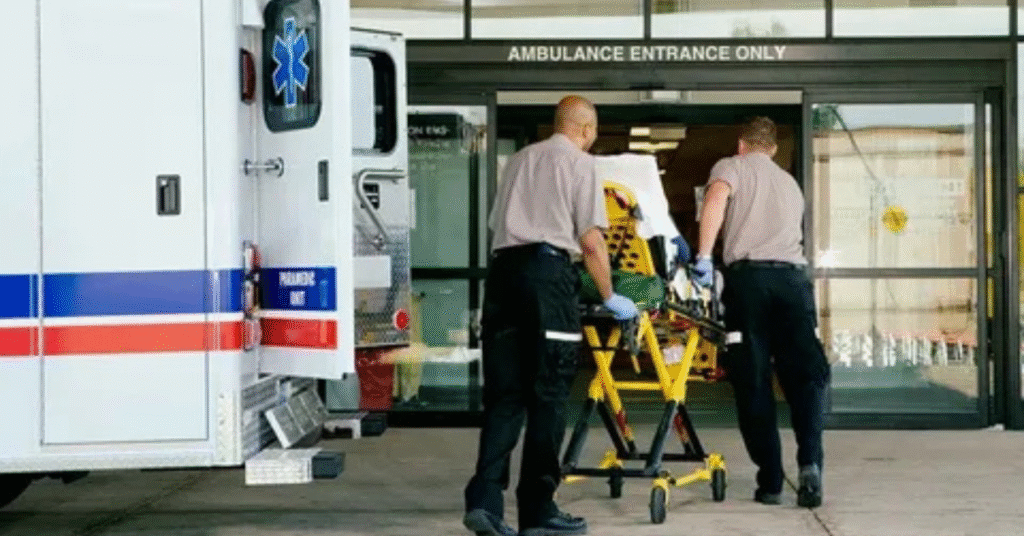
Medicare Part B covers ambulance rides when they are deemed medically necessary. This means the patient’s health could be at serious risk without immediate transport by ambulance. Covered services include both emergency and some scheduled transports, but Medicare only pays if other safe transportation is not possible.
Patients still have to pay part of the bill. Typically, Medicare covers 80% of the approved amount, while the patient is responsible for 20%. Non-covered rides, such as those used for convenience, must be paid fully out of pocket by the patient.
Medicaid Ambulance Coverage
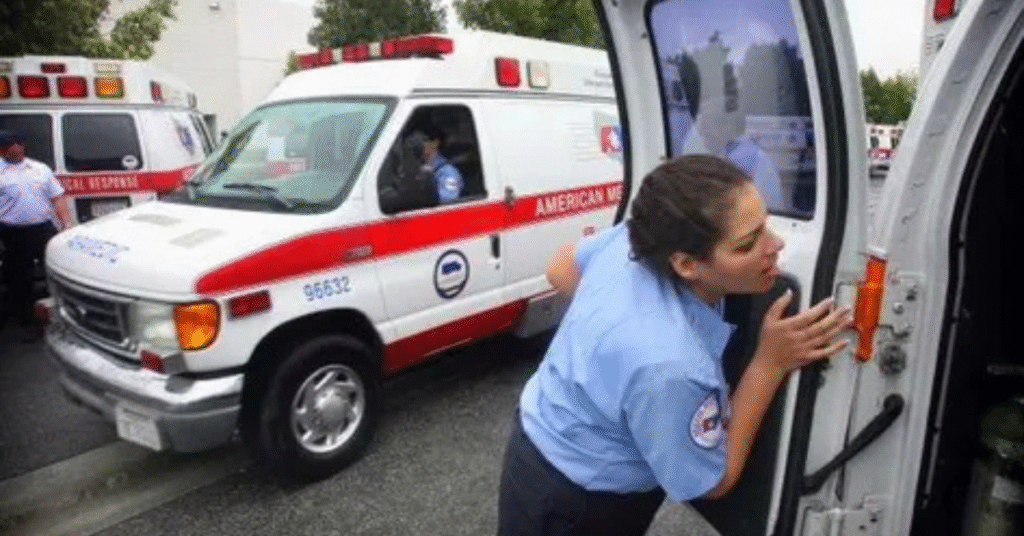
Medicaid also covers ambulance rides, but benefits can differ depending on the state. Federal rules require Medicaid to provide emergency ambulance services. Many states also offer non-emergency medical transportation (NEMT) for patients who need help getting to appointments for ongoing care, such as dialysis or physical therapy.
However, since Medicaid is state-run, each program may apply different rules and limits. For example, some states require prior approval for non-emergency trips, while others may set caps on how many rides a patient can take each year. Understanding your state’s Medicaid guidelines is essential to avoid unexpected bills.
Out-of-Network and Surprise Billing Issues

One of the biggest problems with ambulance rides is that many services are out-of-network. Even in emergencies, patients usually cannot choose which ambulance company arrives. As a result, people often receive large surprise bills from providers who do not have contracts with their insurer.
The federal No Surprises Act helps protect patients from surprise bills in many healthcare settings. Unfortunately, it does not cover most ground ambulance services. This gap leaves patients vulnerable to high out-of-network charges, even if they had no choice in selecting the provider.
Air Ambulance Coverage

Air ambulance rides are much more expensive than ground ambulances, often ranging from $30,000 to $60,000 or more. Insurance companies may cover them in true emergencies, such as severe trauma or when no local hospital can provide the necessary care.
However, insurers often deny claims if they believe a ground ambulance could have been used instead. Families have reported receiving bills in the tens of thousands after air transport. Patients need to be aware of these risks and confirm how their insurance defines medical necessity for air ambulance coverage.
Average Costs of Ambulance Transport
| Type of Ambulance | Average Cost | Coverage Likelihood |
| Ground Ambulance | $500 – $2,500 | High if emergency |
| Air Ambulance | $30,000 – $60,000+ | Limited, depends on necessity |
Situations Where Insurance Denies Ambulance Claims
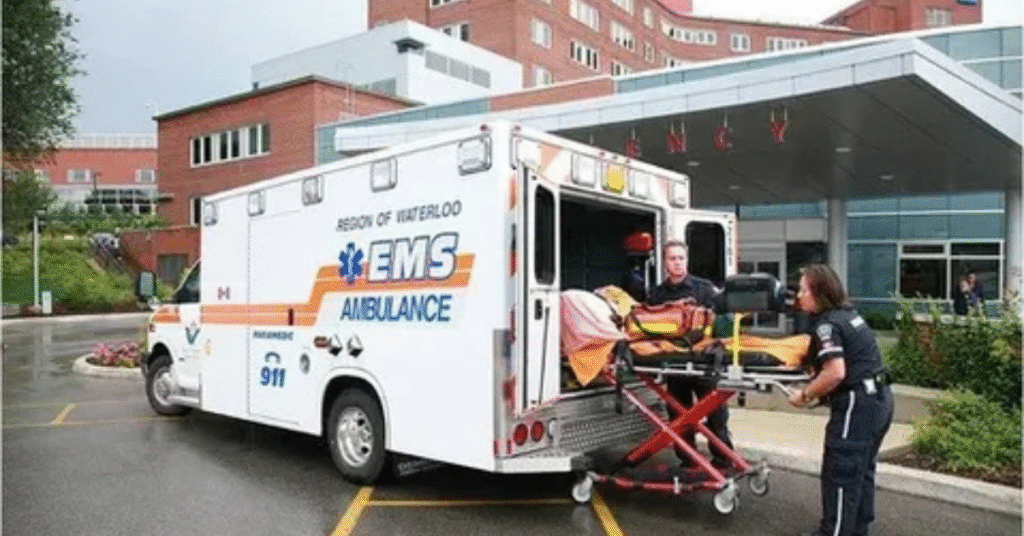
Not all ambulance rides qualify for insurance payment. Claims are often denied when the ride is not considered medically necessary. For example, if someone uses an ambulance because it is faster or more convenient, insurers will usually reject the bill.
Non-emergency rides without prior authorization are another common reason for denial. In these cases, the entire cost becomes the patient’s responsibility. Insurers also deny claims if the patient could have traveled safely by car, wheelchair van, or other non-medical transport.
How to Check Your Policy for Ambulance Benefits
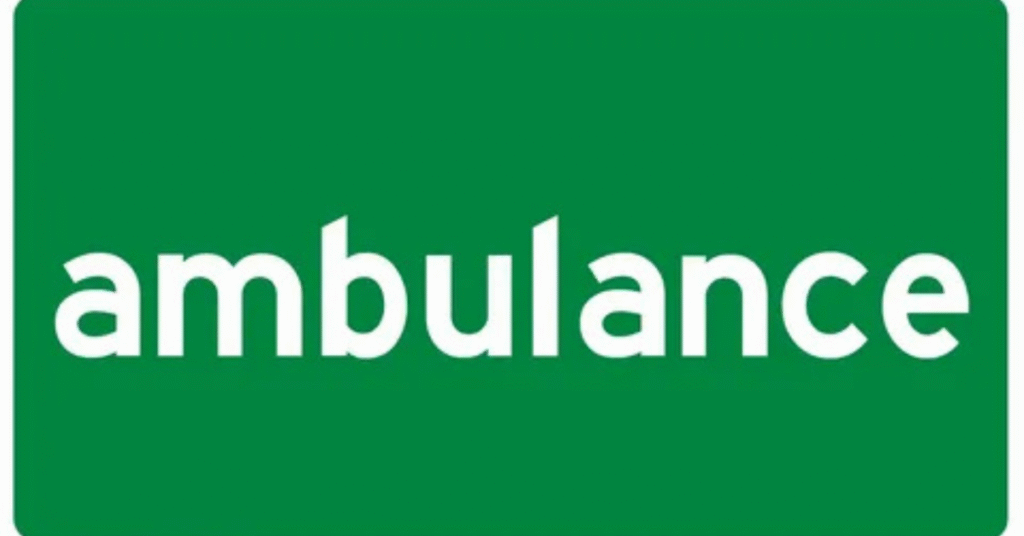
The best way to avoid surprise bills is to check your insurance coverage ahead of time. Every plan provides a Summary of Benefits and Coverage (SBC), which lists ambulance services under emergency transportation. Looking for terms such as “ambulance services,” “emergency transportation,” or “medical transport” can help identify what is covered.
It is also wise to call the insurance company’s customer service department and ask specific questions. Confirm whether air ambulance is covered, what copayments apply, and if out-of-network providers are included. Keeping written notes from these calls can be useful if billing disputes arise later.
Reducing Out-of-Pocket Ambulance Costs
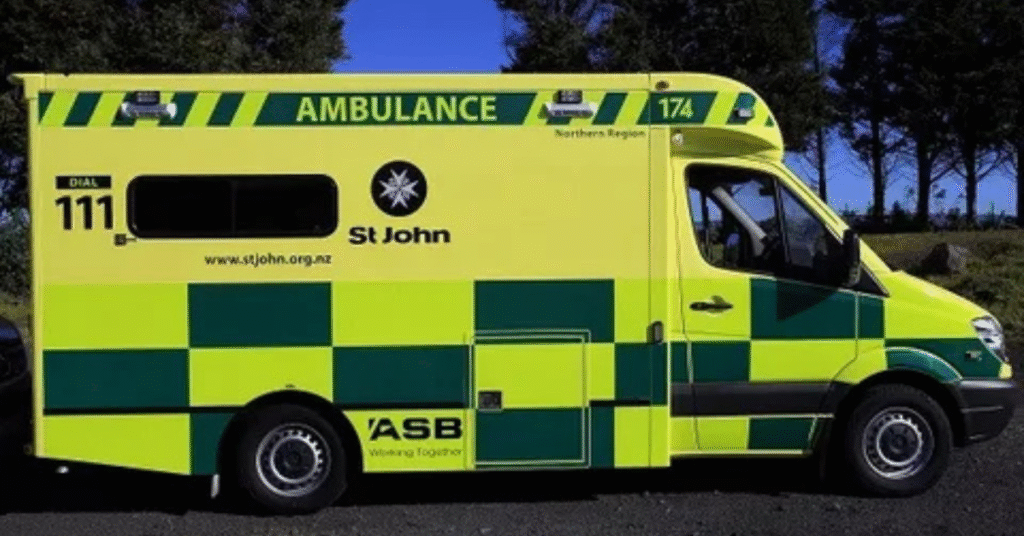
Even when insurance pays part of the bill, patients often face significant costs. Negotiating with the ambulance provider after receiving a bill can sometimes lead to discounts or payment plans. Many hospitals also have charity care programs that help reduce or forgive medical debt for qualifying patients.
If the ride was non-emergency, consider using alternative transportation options in the future, such as wheelchair vans, ride-sharing services, or arranging help from friends and family. Planning ahead can prevent financial stress in non-urgent situations.
SEE MORE: https://doctorambulance.com/what-do-ems-stand-for-a-complete-guide-with-examples/
Options to Manage Ambulance Costs
| Option | Benefit |
| Negotiate with provider | Possible discount or reduced bill |
| Hospital charity care | Debt forgiveness for low-income patients |
| Payment plans | Spread costs over time |
| Alternative transport | Avoids high ambulance charges in non-emergencies |
Legal Protections and Recent Reforms

At present, federal law does not protect patients from surprise bills for most ground ambulance services. The No Surprises Act covers many emergency medical services, but ambulances were excluded from the final law. This has left a major gap in patient protection.
Some states have passed their own laws to reduce surprise ambulance bills, but the rules vary widely. Policy experts continue to debate how to close this gap at the national level. Until then, patients remain at risk of facing high, unexpected charges.
Final Takeaway

Ambulance rides are essential in emergencies, but insurance coverage can be complex. Ground ambulances are more likely to be covered than air ambulances, but both depend on medical necessity and network status. Out-of-network services, deductibles, and copayments can still leave patients with large bills.
The best protection is preparation. Knowing your plan’s terms, asking the right questions, and planning for alternatives when possible can help you avoid costly surprises.
Quick Comparison of Ambulance Coverage Types
| Coverage Type | Emergency Rides | Non-Emergency Rides | Out-of-Network Risks |
| Private Insurance | Usually covered | Often denied unless approved | High risk of balance billing |
| Medicare | Covered if necessary | Limited coverage | 20% coinsurance applies |
| Medicaid | Covered nationwide | Varies by state | State rules differ |
FAQ”s
Are ambulance rides always covered by insurance?
No, only medically necessary emergency rides are usually covered. Non-emergency transport often requires prior approval.
Does Medicare cover ambulance services?
Yes, Medicare Part B covers ambulance rides if they are reasonable and necessary. Patients usually pay 20% of the approved cost.
How much does an air ambulance cost without insurance?
Air ambulance rides can cost between $30,000 and $60,000 or more, depending on distance and services provided.
Can I get financial help with an ambulance bill?
Yes, you can negotiate bills, apply for hospital charity care, or request payment plans to reduce financial stress.
Why are ambulance rides often out-of-network?
Patients cannot usually choose the ambulance provider, and many companies do not have contracts with insurers, leading to out-of-network bills.
Conclusion
Are Ambulance Rides Covered by Insurance? The answer is not simple. While most emergency ground ambulance rides are covered, patients often face high costs from deductibles, copayments, or out-of-network charges. Air ambulances are even riskier and come with extremely high bills unless clearly justified by medical necessity.
The key is preparation. Check your insurance policy, know your state’s Medicaid rules, and ask questions before an emergency happens. Being informed today can prevent financial hardship tomorrow.
Pingback: What is a PCT in Healthcare? Full Guide to Patient Care Technicians - Doctor Ambulance What is a PCT in Healthcare? Full Guide to Patient Care Technicians